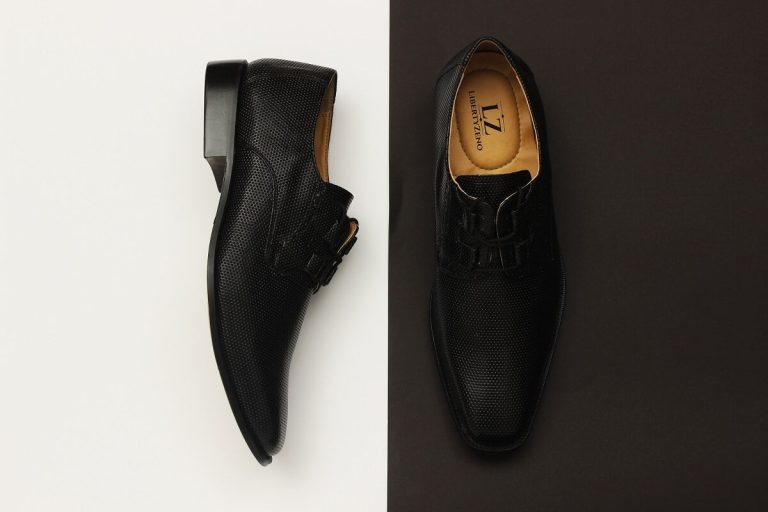What is the Difference between Shoe Width B And D : Unlocking the Secrets to Optimal Comfort
When it comes to buying shoes, one of the essential factors to consider is the width of the shoe. In the sizing of shoes, the width is denoted by letters, with B and D being two common width options. Understanding the difference between B and D widths can help you find the perfect fit for your feet.
What Does Shoe Width B Mean?
Shoe width B is considered to be narrow in terms of shoe sizing. It is important to note that the width option may vary slightly depending on the shoe brand and style. Generally, a B width is designed for feet that are slimmer and narrower than the average foot. If you find that most shoes fit comfortably in the length but tend to feel tight around the sides, a B width may be the ideal choice for you.

Credit: www.bloomberg.com
What Does Shoe Width D Mean?
Shoe width D is considered to be a standard or medium width. This width option is designed to accommodate the average foot, providing a comfortable fit for most individuals. If you find that standard shoes feel too constricting or tight, a D width may offer the additional room and comfort you need. It is important to keep in mind that the D width is the most commonly used width in men’s footwear.
Key Differences between B and D Widths
It’s essential to understand the key differences between B and D widths to make an informed decision about which width is best for you. The primary differences between these two widths lie in their respective measurements and the foot types they are designed to cater to:
| Feature | Shoe Width B | Shoe Width D |
|---|---|---|
| Width Classification | Narrow | Standard/Medium |
| Ideal Foot Type | Slim and Narrow | Average to Slightly Wide |
| Common Usage | Women’s Footwear | Men’s Footwear |
Choosing the Right Width for Your Feet
When it comes to choosing between B and D widths, it’s crucial to consider the shape and size of your feet. If your feet are narrower and tend to feel cramped in standard-width shoes, opting for a B width can provide the snug and secure fit you need. On the other hand, if you find that most shoes feel too tight or constricting, especially around the ball of your foot, a D width may offer the extra room and comfort you seek.

Credit: www.amazon.com
Tips for Finding the Perfect Fit
Here are some important tips to keep in mind when determining the right shoe width for your feet:
- Measure your feet using a reliable foot measuring tool to ensure accurate sizing.
- Consult the size chart provided by the shoe brand to compare your measurements with their width options.
- Take note of any specific recommendations or feedback from the shoe manufacturer or retailer regarding the fit and width of the shoe.
- Consider trying on shoes in both B and D widths to experience the difference and determine which option feels most comfortable for your feet.
By understanding the difference between shoe width B and D, you can make informed decisions when purchasing footwear. Whether you have narrow or standard-width feet, finding the right fit is essential for comfort and overall foot health.







